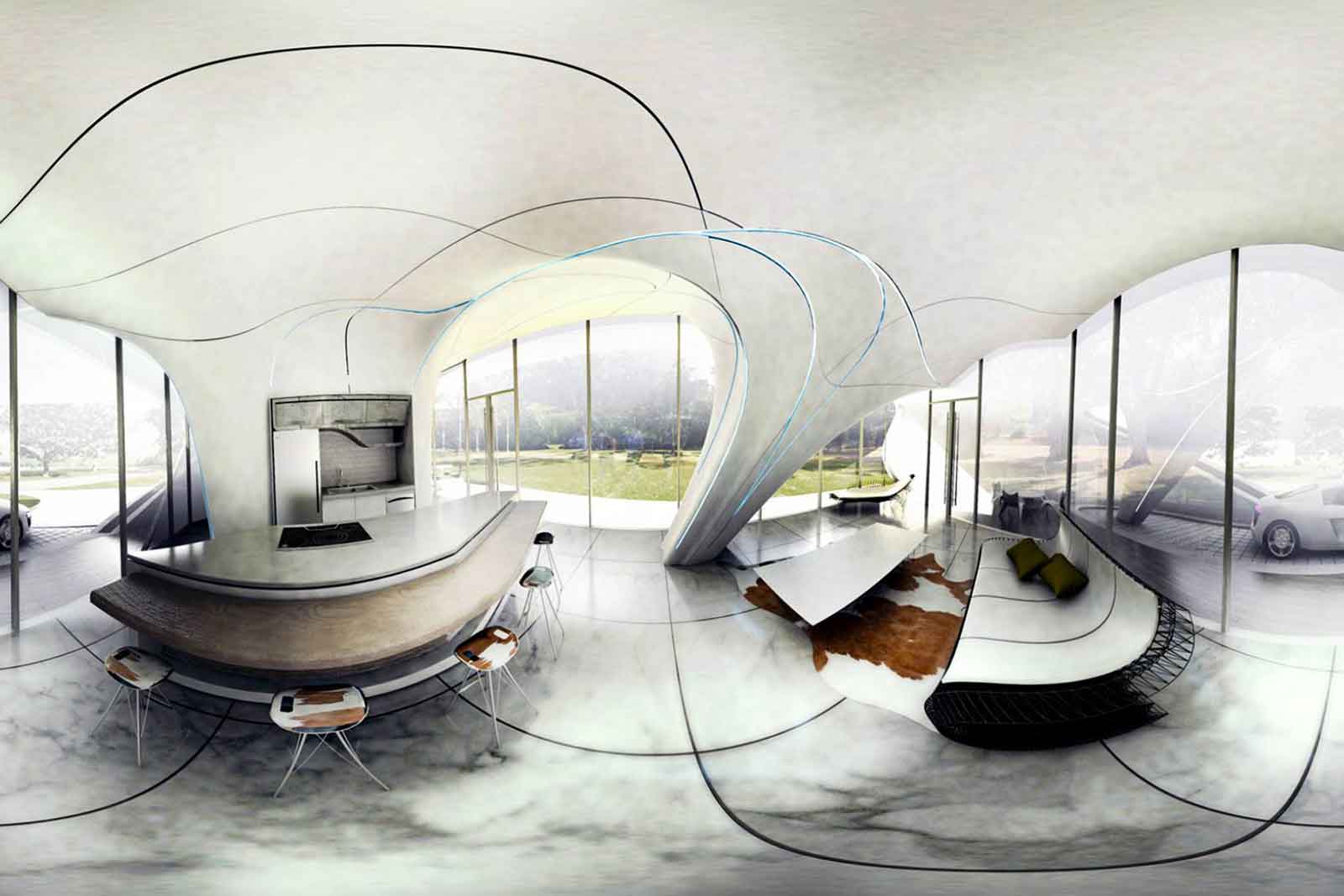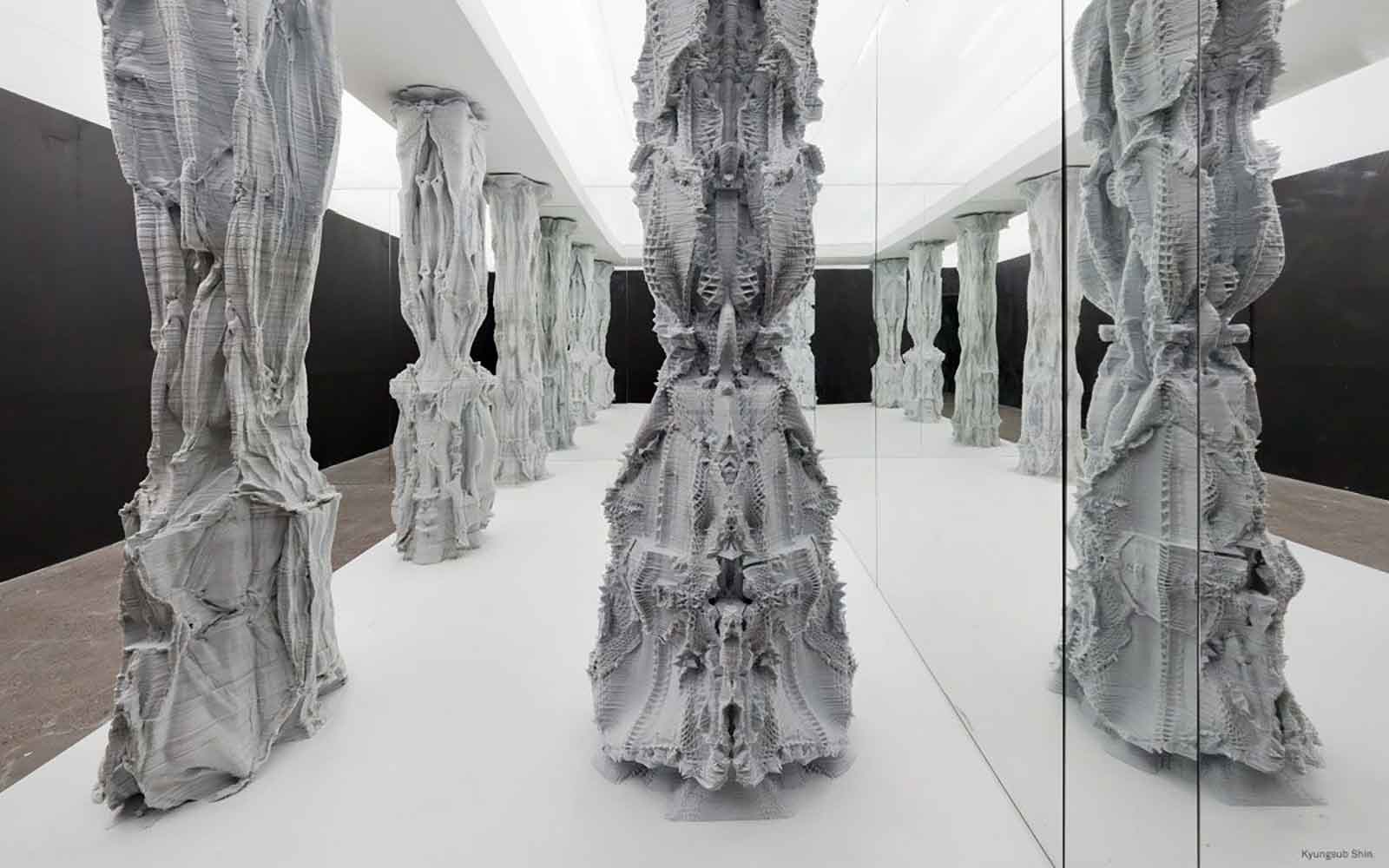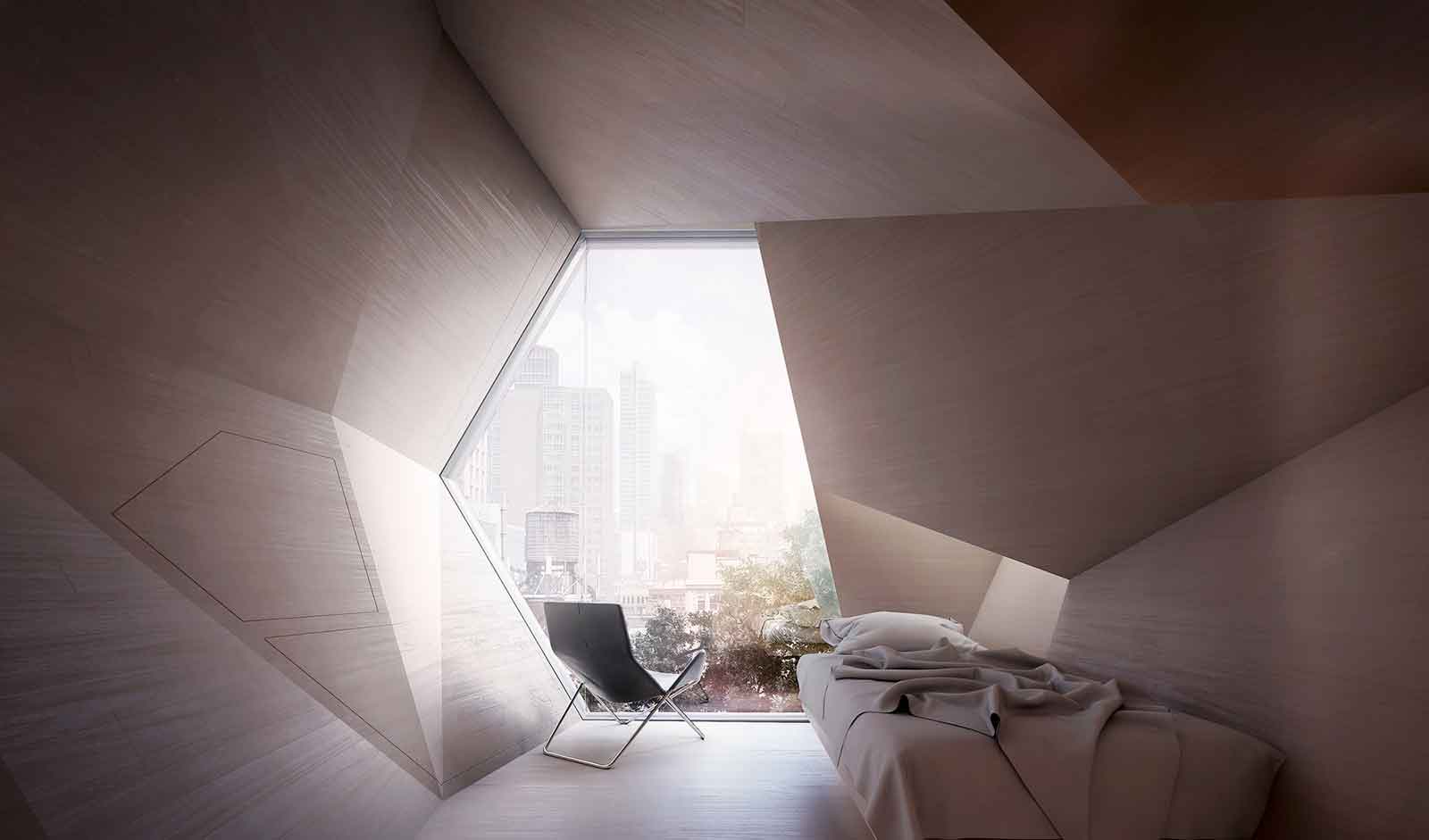3D Printing: The New Exciting Form Of Interior Design
Website Editor • June 12, 2019
When the first 3D printers came out, the entire world was astounded. It was an amazing breakthrough that had incredible potential for changing our lives in an innovative way. Since then, things evolved very rapidly and 3D printing proved to be not just a fun and intriguing way to manifest one’s creativity, but also a versatile solution for a number of situations and challenges. Currently the applications of 3D are countless, as people are able to design the items they need precisely according to their requirements and preferences.

Has it ever occurred to you that 3D printing can actually be used for interior design? If you can’t imagine how 3D printing can transform an entire room, then take a look at the Computational Architecture Exhibition organized by Michael Hansmeyer and Benjamin Dillenburger. This room was entirely created with the help of 3D printers, reaching the impressive weight of 11 tons. The details obtained with the help of technology are amazing, mind-blowing even, it's hard to believe that a computer was actually capable of such stunning details. But, the truth is that this room was not touched by human hand, as it was made by computers and 3D printers only. What does this mean? It means that this particular type of technology is opening new doors in interior design. If you encounter difficulties finding precisely the kind of items you need to create the interior space you desire and feel comfortable in, you may be able to make great use of 3D printing in the near future. As many of us notice, the market is flooded with mass-produced items that lack character and a distinct appearance. We, as individuals, are unique and we feel the need to personalize our interior space in accordance with our own preferences and desires. This is why people had started to direct their attention toward unique, handmade products in recent years. Now, with the help of 3D printing, creating unique interior spaces might not be an issue any longer. Computers are very precise and they are capable of creating the ideal item, respecting your size requirements and design preferences, for an interior space that is tailored to your lifestyle.
The best part about using 3D printing is that the resulting items won’t look like they are taken from Sci-Fi movies. In fact, the room created by Hansmeyer and Dillenburger actually used stone carving methods and details that were utilized centuries ago. Thus, the items they created look like intricate stone columns from an ancient temple. This is the beauty of using 3D printing, the fact that you are the one to shape and give character to the final result. Whether we are talking about ancient designs and details or ultra-modern objects, this particular technique is capable of answering to each and every need. How does the future look in this sector? We expect to see interior designers increasingly work with 3D printers so that they can provide interior decor that are moulded on the unique personalities of their clients.
Articles

The United Nations has described the disruption to education caused by the pandemic as ‘unparalleled’. At the virus’ worldwide peak in April, it is estimated that over 90% of all enrolled learners, from kindergarten to bachelors and beyond, had their education affected by school closures and the pandemic (UNESCO). For many university students and older children, they have had to adapt quickly to online learning. They can keep in touch with their peers and teachers online and continue their studies, albeit in a highly modified way. As challenging as this may be, this experience will help equip them for a future that is increasingly online. For parents of younger children, they are assuming a new role: their child’s home school teacher. This is in addition to their usual childcare and household duties, their work responsibilities and often emotional and financial worries caused by the pandemic. Stressful? Yes. The good, and somewhat surprising, news? The experts advise that you don’t teach your children - at least not in the way you might expect.

If the recent outbreak of Covid-19 has taught us anything, it's that many adults do not wash their hands effectively. It has never been more important that we support our children to develop good personal hygiene to keep themselves and our families safe. This seemingly easy task can be very difficult for children with fine motor skill difficulties. In this article, we explore some ideas to support your child with hand washing.

Lockdown has brought the digital future into the now. Online shopping, entertainment, education and more have moved from the periphery to the mainstream to, in many cases, the only option. With the necessity of social distancing looking to continue for many months, it appears that this rapid digital revolution is here to stay. This means that life as we know it, in most of its sectors, has changed forever. In order to survive, businesses are having to adapt rapidly, embrace technology and look to the future. Architecture is no exception. There has been a widespread adoption of technology and VR over the past few months in response to the lockdown across all of society. Elderly grandparents who were once resistant to adopt new technologies talk of “Zooming” and have started video chatting with their family members to combat loneliness. Art galleries that were once considered stuffy or pretentious are now pioneers in VR technology, with Google Art & Culture offering tours of London’s National Gallery or the Musee D’Orsay in Paris. These virtual tours deliver art in a dynamic new way that can be far more engaging than regular photos. Critics have applauded the panoramic and immersive views of gallery building and exhibitions which work well for rendering of 2 dimensional art, however impressions of sculpture is somewhat lacklustre. With VR technology, users can enjoy a truly immersive experience in the comforts, and safety, of their own home. The COVID-19 pandemic has served as an accelerant for the arts and entertainment industries to embrace VR.





